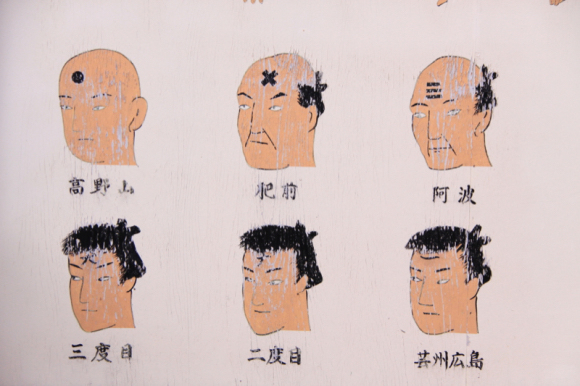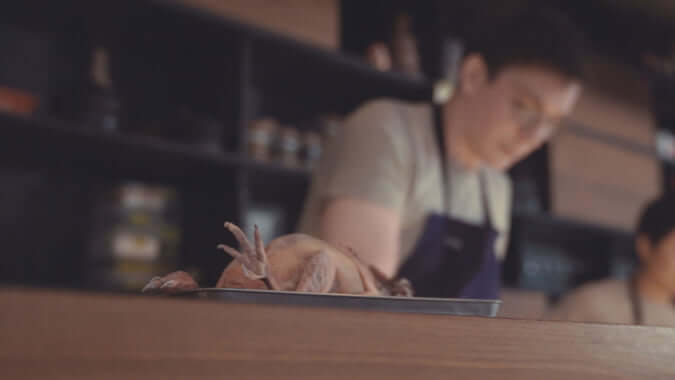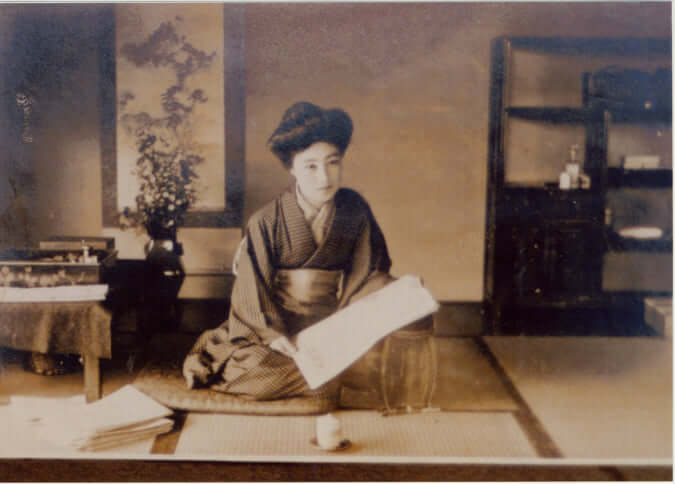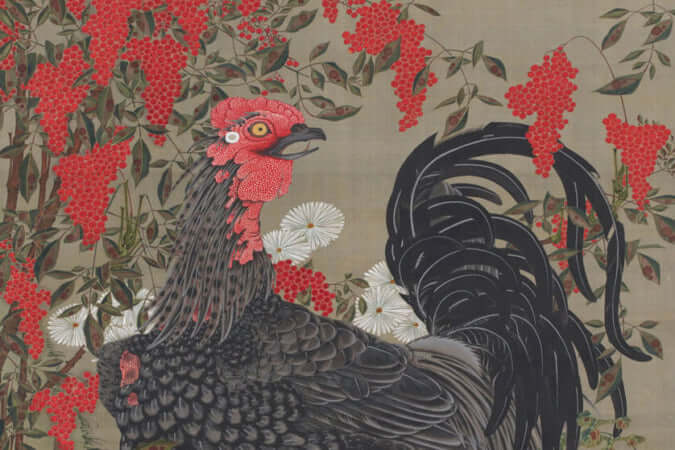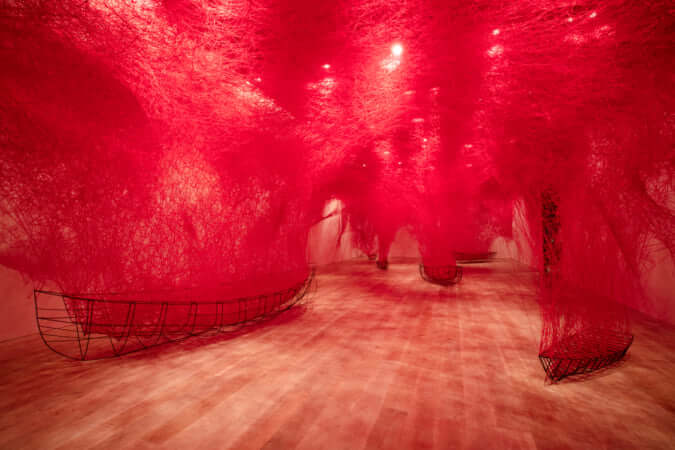A Two-in-One Protestant Temple by Ciel Rouge
In Tokyo's Harajuku district lies a brutalist temple with a curved design, built to serve as a place of worship and a concert hall.
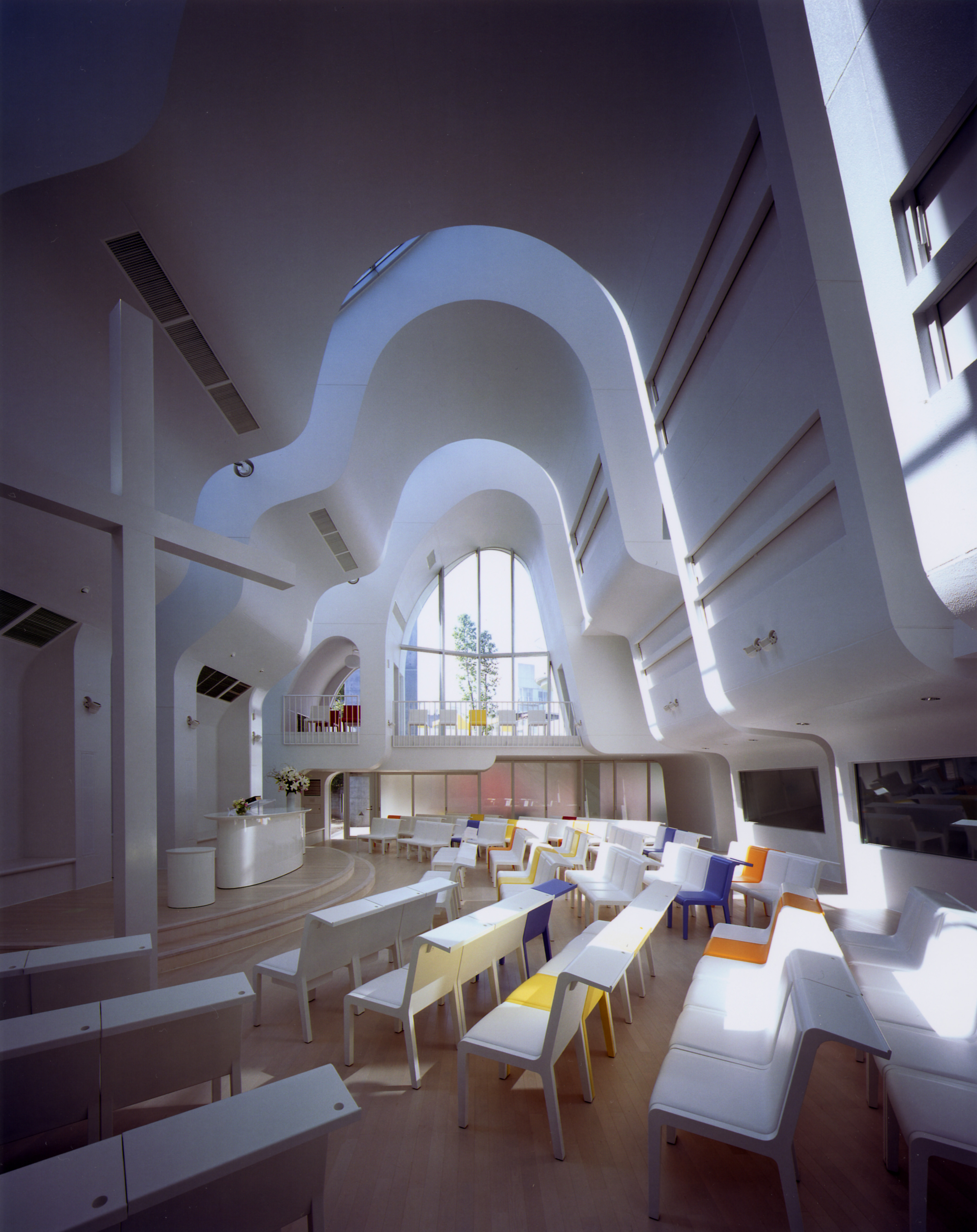
© Ciel rouge
Constructed in 2007 in the heart of Tokyo’s lively Harajuku district by architectural firm Ciel Rouge, this protestant temple contains various surprises. Its façade, made entirely from rough concrete—reminiscent of Tadao Ando’s creations—and its angular lines contrast with the completely curved design found upon entering.
Inside are undulating walls, six arches, and a bell tower in a nod to the symbolism of the number seven, a choice made by the architects. ‘It recalls the seven churches of Asia, the seven days of creation, the seven stars, the seven musical notes…’, the architectural firm explains. This succession of arches also lets in light from outside through the interstices. ‘We drew inspiration from the passage in the Gospels where the sky opens up and the Holy Spirit descends’, Ciel Rouge continues. This lighting effect is somewhat reminiscent of SHONAN CHRIST CHURCH by Takeshi Hosaka, built in Fujisawa.
Music takes centre stage
This building does not have a solely religious vocation, however. Particular care has been taken with the acoustics so that it can be transformed into a concert hall. Balconies have also been constructed on the side walls of the space to seat the audience.
To view the programme of events, visit the temple’s website.
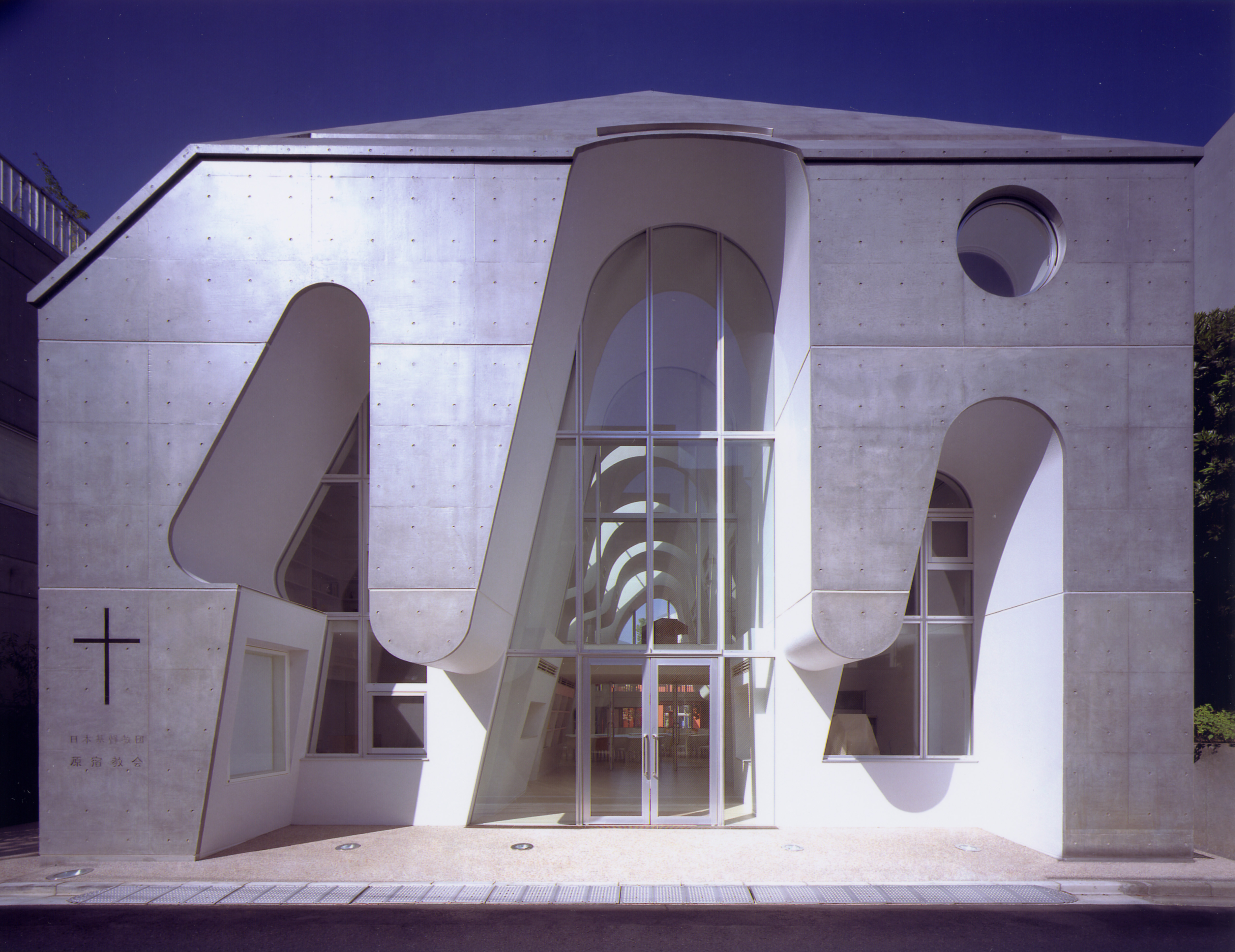
© Ciel rouge
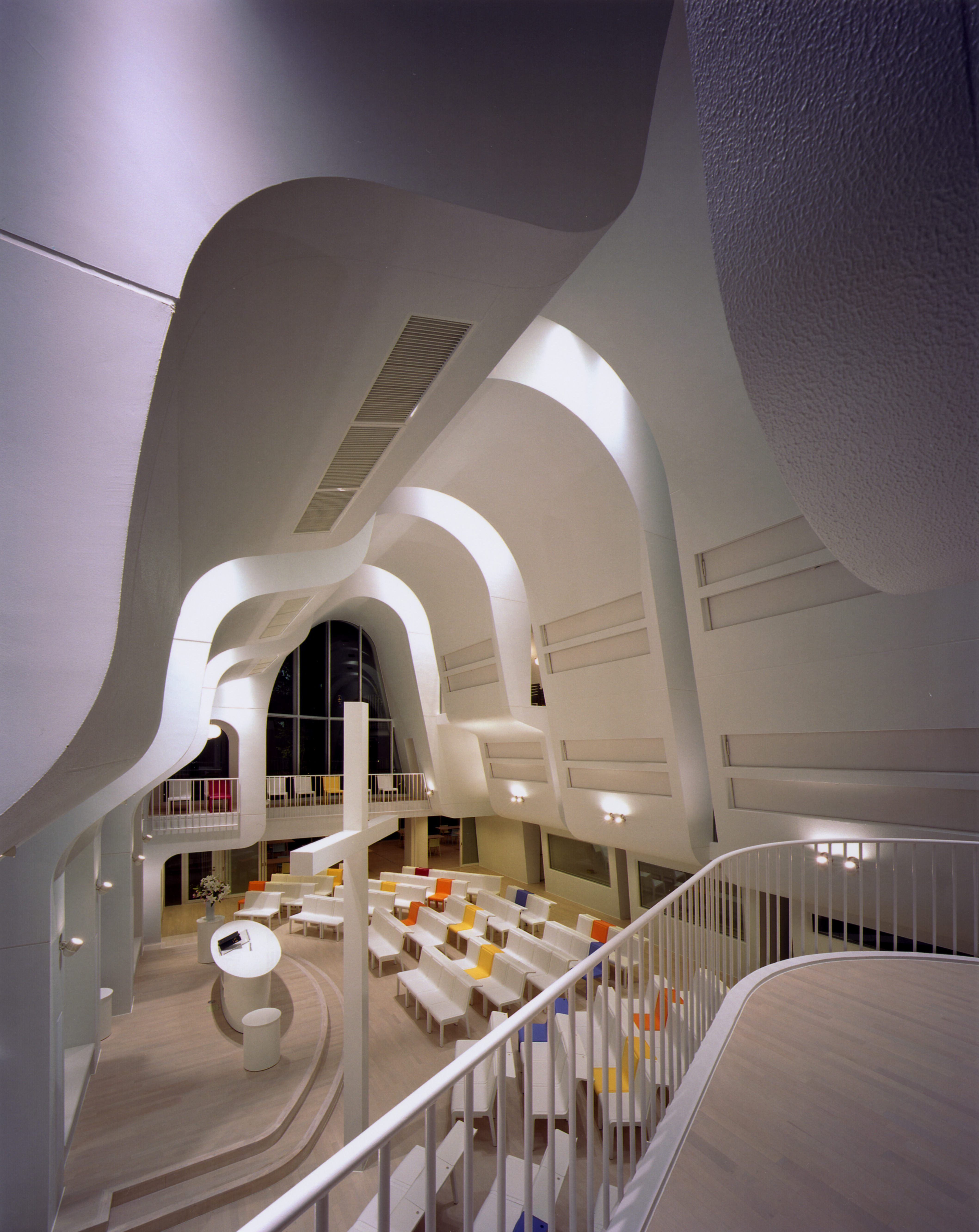
© Ciel rouge
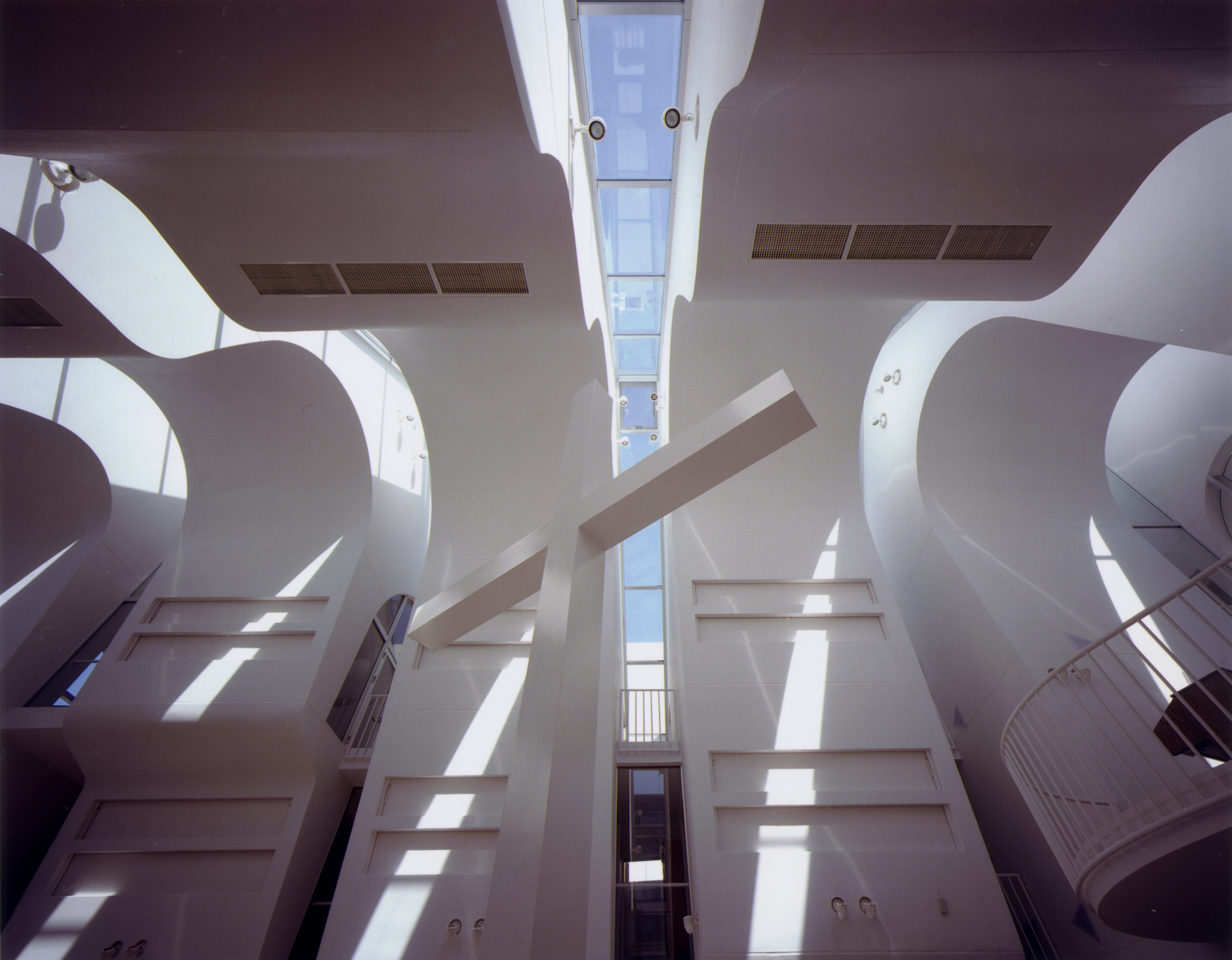
© Ciel rouge
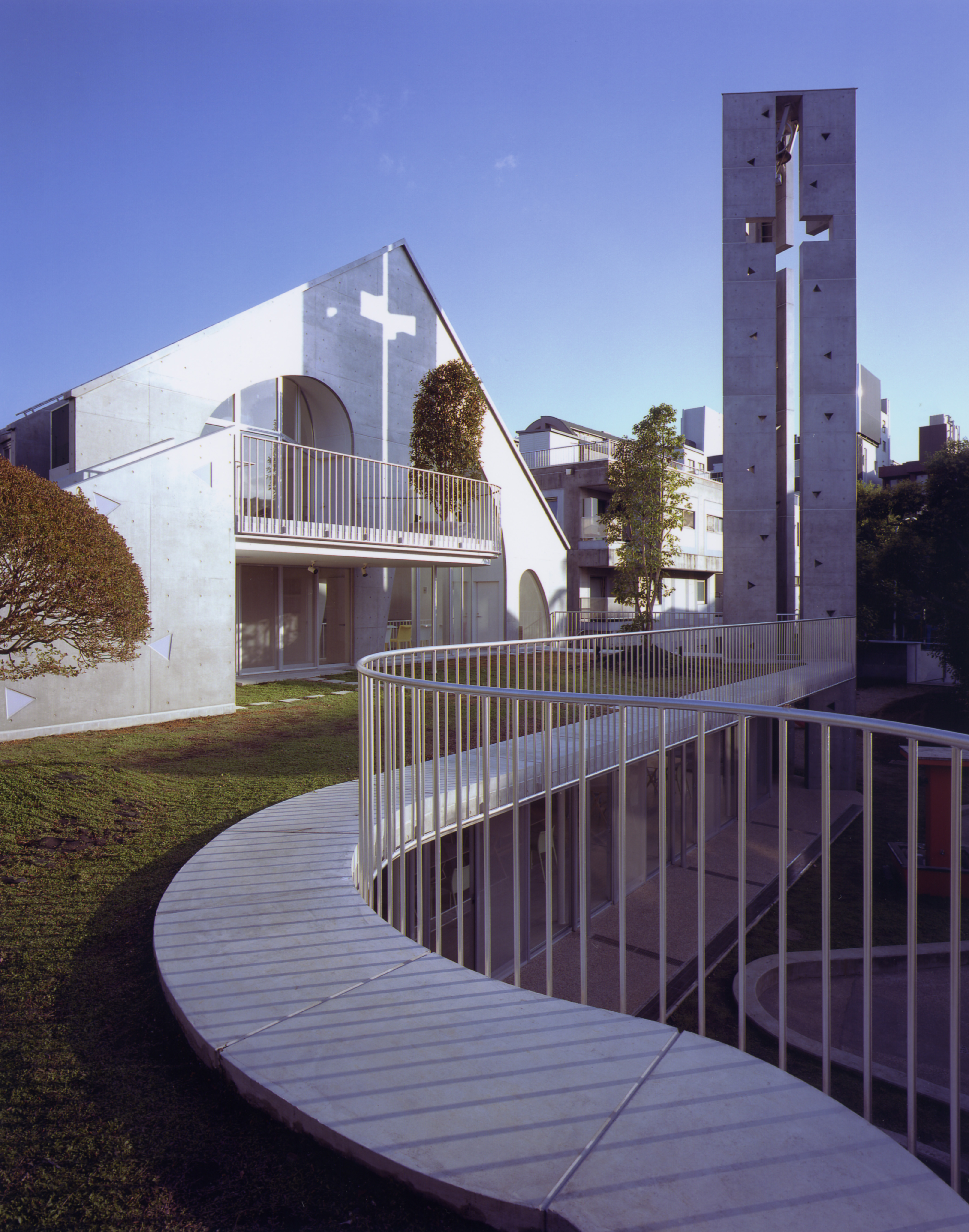
© Ciel rouge
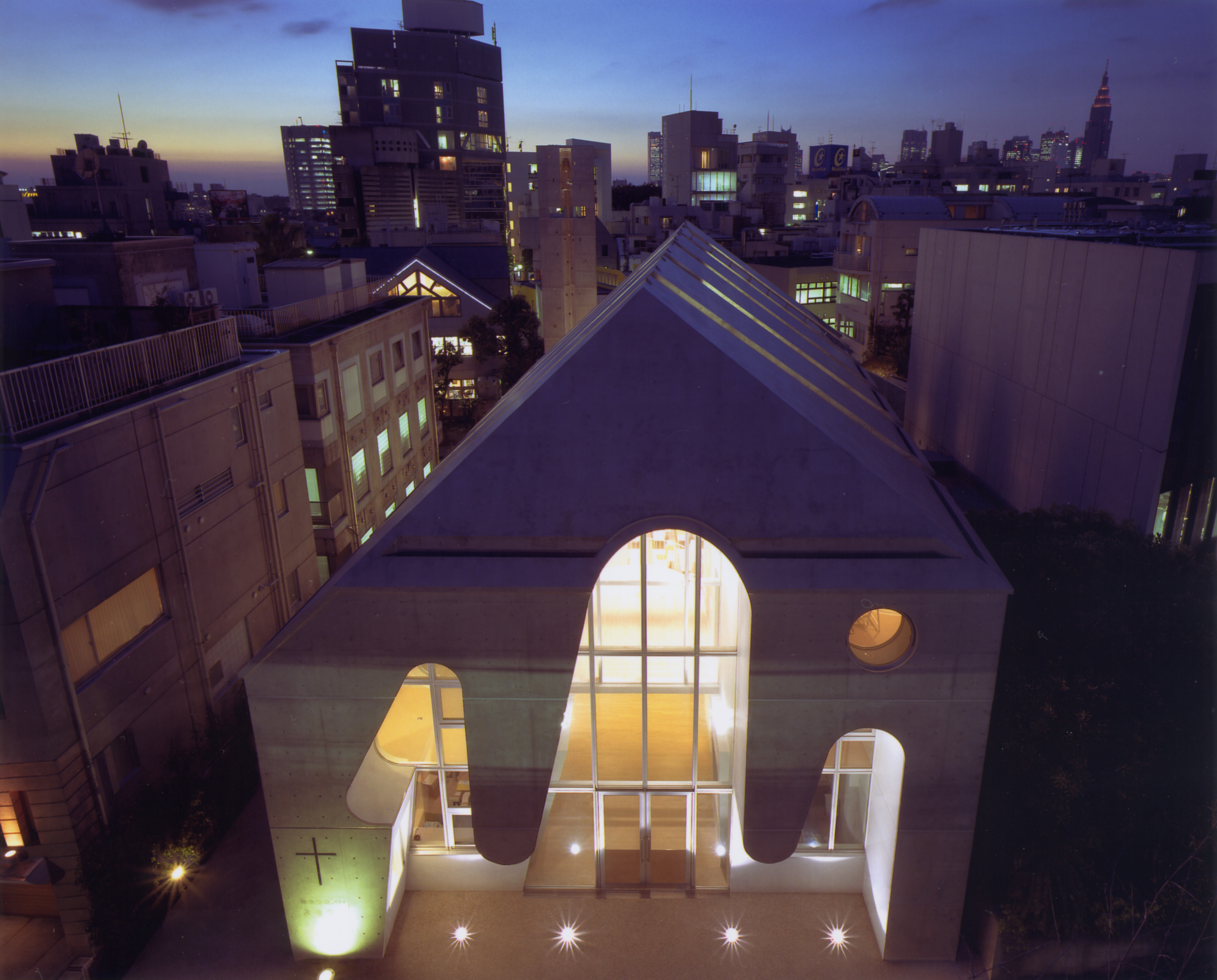
© Ciel rouge
TRENDING
-
The Tattoos that Marked the Criminals of the Edo Period
Traditional tattoos were strong signifiers; murderers had head tattoos, while theft might result in an arm tattoo.

-
Paris, Tokyo: Robert Compagnon
With his co-chef and talented wife, Jessica Yang, Robert Compagnon opened one of the top new restaurants in Paris: Le Rigmarole.
 3:31
3:31 -
The Story of Sada Yacco, the Geisha who Bewitched Europe
Described by Dazed magazine as the first beauty influencer, she has been restored to her former glory since 2019.

-
Ito Jakuchu's Naturalist Paintings
From 15 September until 14 October 2018, the Petit Palais showcased the artist's iconic ‘Images of the Colourful Realm of Living Beings’.

-
Chiharu Shiota, Red Threads of the Soul
Last year, more than 660,000 people visited the retrospective 'Chiharu Shiota: The Soul Trembles' exhibit at the Mori Art Museum.

